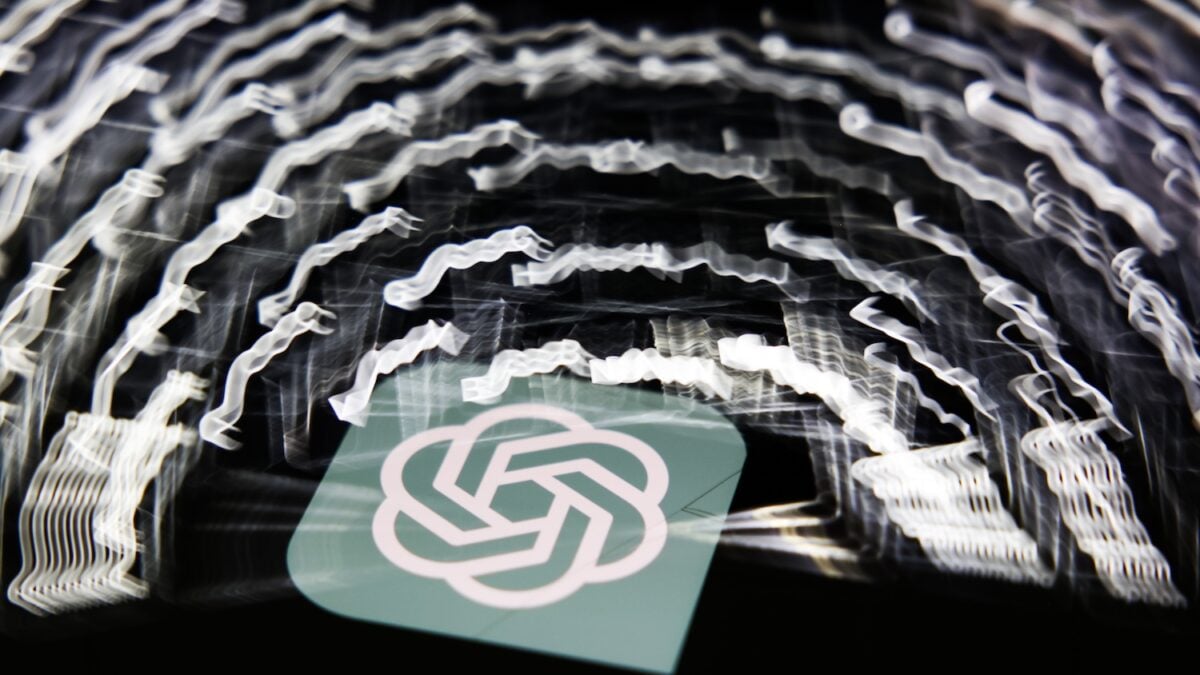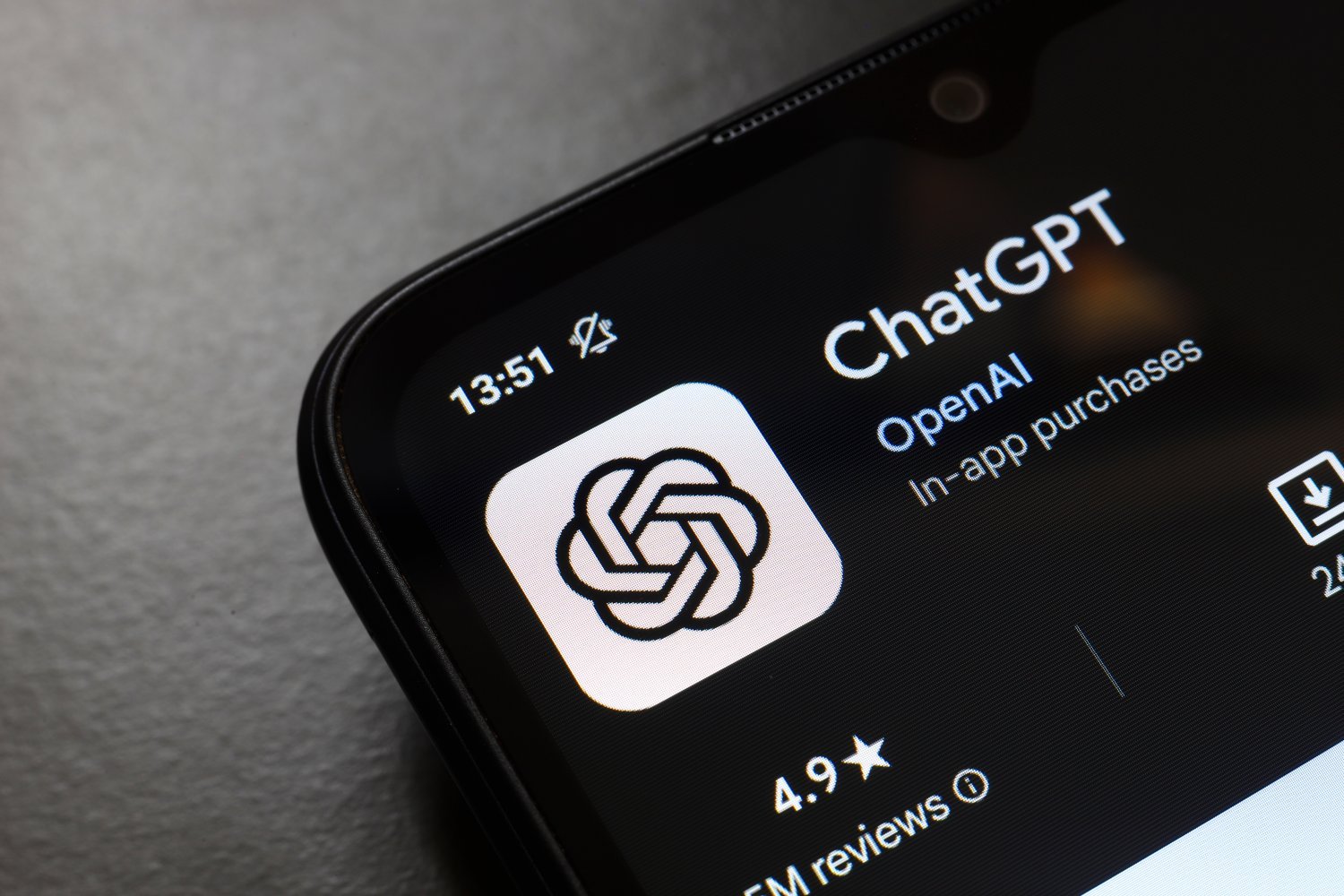While artificial intelligence often appears to be rapidly advancing in intelligence, fundamental concepts that humans grasp easily still elude AI. Earlier reports in March highlighted that popular large language models (LLMs) face challenges with telling time and interpreting calendars. Now, a new study published in Nature Human Behaviour reveals that AI tools like ChatGPT also struggle with the AI’s comprehension of physical concepts, such as flowers, in a way humans do. The paper suggests that accurately representing physical concepts is a significant hurdle for machine learning trained solely on text and, at times, images.
The Science Behind AI’s Conceptual Gap
“A large language model can’t smell a rose, touch the petals of a daisy or walk through a field of wildflowers,” stated Qihui Xu, the study’s lead author and a postdoctoral researcher in psychology at Ohio State University, in a university statement. “Without those sensory and motor experiences, it can’t truly represent what a flower is in all its richness. The same is true of some other human concepts.” This highlights a core limitation: AI’s learning is disembodied, lacking the rich sensory input that shapes human understanding.
Testing AI’s Grasp of Reality
The research team evaluated the conceptual understanding of both humans and four prominent AI models: OpenAI’s GPT-3.5 and GPT-4, alongside Google’s PaLM and Gemini. This assessment covered 4,442 words, encompassing terms like “flower,” “hoof,” “humorous,” and “swing.” Xu and her colleagues benchmarked the AI’s performance against two established psycholinguistic rating systems. These were the Glasgow Norms, which rate words based on factors like emotional arousal and ease of imagination, and the Lancaster Norms, focusing on how words relate to sensory perceptions and bodily actions. For instance, the Glasgow Norms involved questions about the emotional impact of a flower, while the Lancaster Norms explored experiencing a flower through smell or even with one’s torso.
What the Study Revealed About AI’s Understanding
Compared to humans, the LLMs showed a robust understanding of words without strong sensorimotor associations, such as abstract concepts like “justice.” However, they faltered significantly with words tied to physical concepts—like “flower”—which humans experience through sight, smell, and touch. The reason, as Xu explained, is straightforward: ChatGPT and similar AIs do not possess eyes, noses, or sensory neurons (at least, not yet). Consequently, they cannot learn through these senses. Their understanding is an approximation derived from analyzing vast amounts of text, far more than a human encounters in a lifetime.
“From the intense aroma of a flower, the vivid silky touch when we caress petals, to the profound visual aesthetic sensation, human representation of ‘flower’ binds these diverse experiences and interactions into a coherent category,” the researchers detailed in their study. “This type of associative perceptual learning, where a concept becomes a nexus of interconnected meanings and sensation strengths, may be difficult to achieve through language alone.” [Learn more about the evolution of Large Language Models and their capabilities.]
Bridging the Gap: The Future of AI Comprehension
Interestingly, LLMs trained on both text and images demonstrated a somewhat better grasp of visual concepts than their text-only counterparts. This suggests that multimodal training can offer some improvements. Xu indicated that AI might not be perpetually confined to language and visual data. LLMs are continuously evolving, and future iterations could potentially represent physical concepts more accurately by incorporating sensorimotor data or through integration with robotics. This ongoing research carries significant implications for AI-human interactions, which are becoming increasingly intimate.
However, for the present moment, one truth remains clear. As Xu concluded, “The human experience is far richer than words alone can hold.” Understanding these current limitations is crucial as we navigate the ongoing development and integration of AI technologies into our lives.











